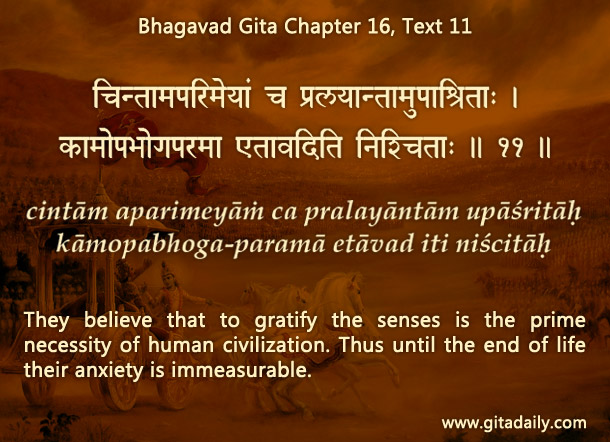Sociological researchers have consistently found that people in the developed world tend to be more anxious than people in the developing world.
This finding is intriguing because people in the developing world have more reasons to be anxious: developing countries are characterized by unreliability with regards to necessities such as food, clothing, shelter or, in today’s world, water supply, power supply and net connectivity. Such outer uncertainty naturally and expectedly causes anxiety. And conversely it’s natural to expect that the absence of such uncertainty in the developed countries would lead to decrease in anxiety.
Then why do anxiety levels tend to be more in the developed countries? Because these countries are characterized by another, lesser-known cause of anxiety: inner instability. When a culture is permeated with disproportionate materialism, as happens frequently in the developed world, then people’s sense of self-worth and self-identity comes from external material things. And these things are not existential necessities but are status symbols – unnecessities that are imagined to be necessities due to cultural glamorization. So when people’s self-identity is dependent on fickle things such as the latest gadgets and the glossiest trinkets, then naturally they feel internally unstable, being constantly worried about, say, whether they look cool or not. Pertinently, the Bhagavad-gita (16.11) cautions that materialism triggers unlimited, lifelong anxiety.
We can’t counter such anxiety by outer material development – we need inner spiritual development. The most efficacious way to inner development is yoga, especially bhakti-yoga. This yoga of love helps us realize our indestructible spiritual core and our infallible shelter – Krishna, the Lord of our heart, and the unshakeable rock amidst the stormy waves of anxiety. The more our self-conception is rooted in our unchanging spiritual side, the more we can minimize avoidable status-related anxiety and deal effectively with unavoidable necessity-related anxiety.
Explanation of article:


Leave A Comment